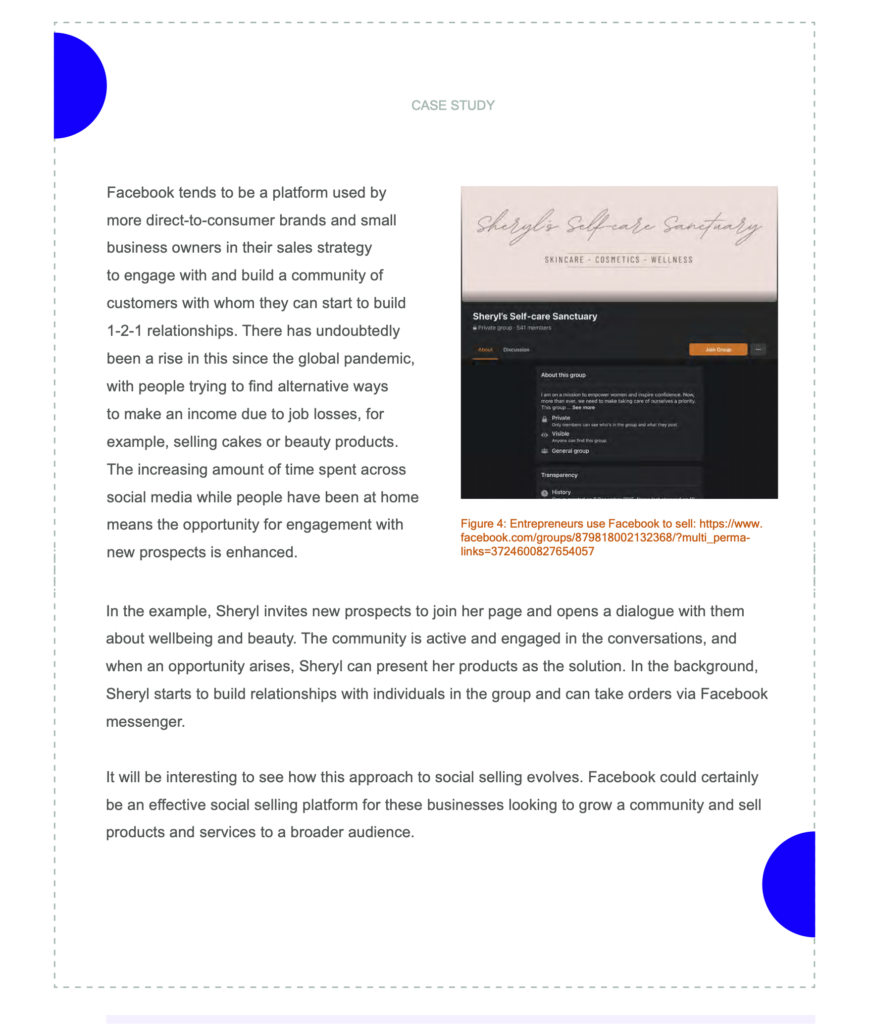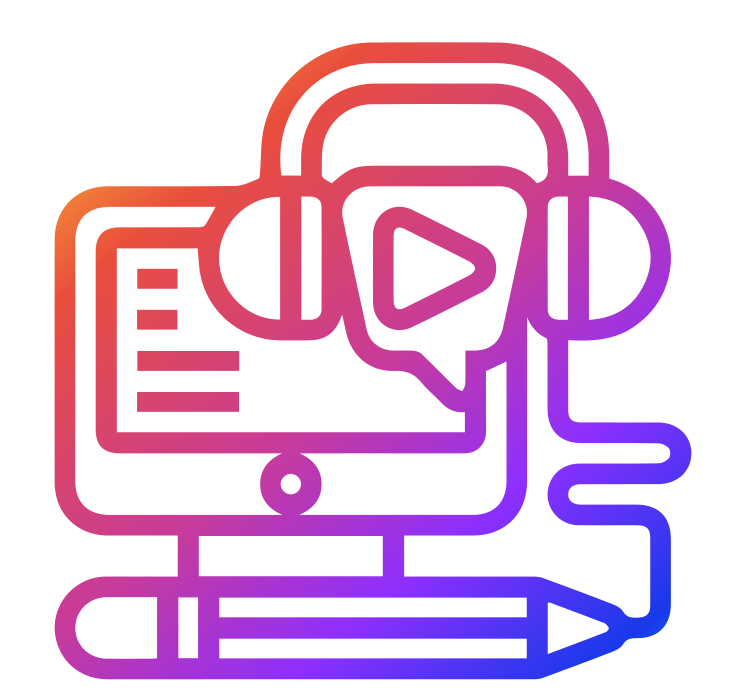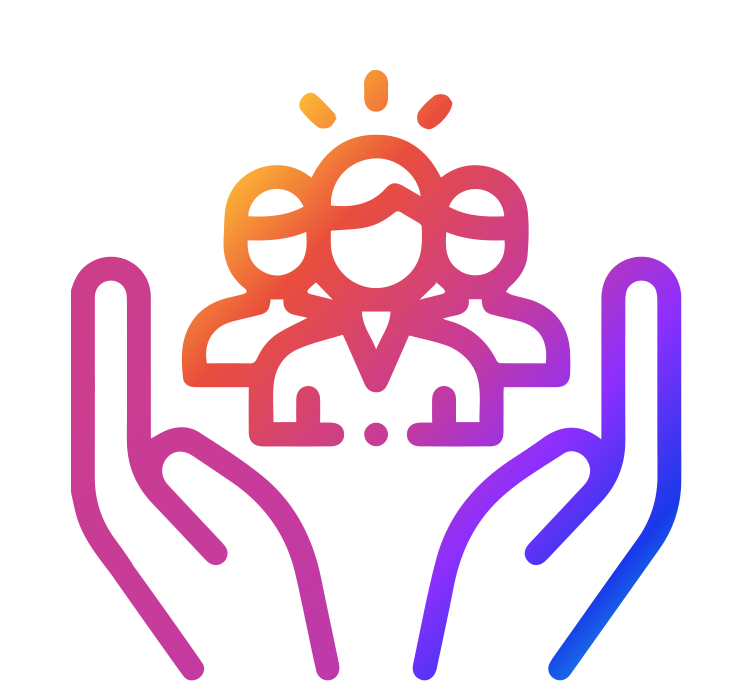When it comes to best practices for social selling, the four pillars mentioned in part two (building a personal brand, finding prospects, engaging with insights and building trusted relationships) apply across all channels. However, the ‘how’ varies by platform. Therefore it is vital to understand the nuances between each platform to deliver the business results required.
Sales teams need to consider which platforms are most frequently used by the target audience and what they are using the platform for. If an individual is not in a business frame of mind when using specific platforms, Facebook, for example, they will not necessarily be drawn to content with a business focus. It comes back to relevancy. How can sales teams offer the most relevant insights and advice to an individual at their time of need? Grasping an understanding of what this looks like for the target audience is vital.
Best Practice on LinkedIn
LinkedIn is the first-choice platform when it comes to social selling. The platform has a total of 760 million users globally, with more than 260 million monthly active users.12 Its core role in society is to connect the world’s professionals making it the perfect place to find and nurture potential customers. Using LinkedIn’s four-step methodology will help provide a road map for effective social selling.
1. Use LinkedIn’s Rock Your Profile methodology to build a personal brand
Personal branding may be a term that has been debated in the marketing space for years, but it is also an important lever for social selling. LinkedIn’s research found that 85% of prospective clients view a Linkedin profile before accepting a meeting. A profile can often be the first impression to a prospect or client, and therefore it is important to make sure it is up to date with all of the relevant information.13
There are seven steps to ensuring an individual’s profile is fit for purpose.
- Use a professional profile photo and header image
- Craft a standout headline that says precisely what the individual does
- Update industry and location to ensure the profile appears in relevant search results
- The profile summary is arguably one of the most essential elements. It should bring to life an individual’s passions, skill and experience so that prospects can understand who the individual is and how they might help
- Adding featured content to a profile allows an individual to showcase their best work
- Keep the work experience section up to date with information on key responsibilities and add rich media to back this up. This section can and should be used as a portfolio of achievements
- Be sure to add skills and use recommendations to build credibility.
2. Find and connect with the right people
Finding the right people on the platform is the first step to establishing new relationships. LinkedIn has an advanced search option that helps identify the right people to start following. A quick search of immediate first and 2nd-degree networks on LinkedIn will serve results on buyers who are easily accessible. Then individuals can build out their network by searching for 3rd-degree connections or by company and job title. By going through this process, individuals will understand whom they are connected to vs potential new prospects.
3. Engage with insights
A crucial part of social selling is finding and listening to conversations that are already happening on the platform and offering useful suggestions and content in response. There are multiple options for finding the right conversations to join on this platform.
- Identify the influencers in the relevant industry, search their profiles and hit follow so that their updates appear in the newsfeed
- Join relevant industry groups and participate in the conversations
- Follow hashtags to ensure relevant content appears in the LinkedIn newsfeed
- Use the advanced search filters to narrow down the list of people in the results bar
4. Build relationships
Finally, it is about investing time in developing the most important relationships by offering more content and wisdom and engaging regularly. Once the sales rep has warmed up the prospect and they indicate that they could be interested in buying, try setting up a call or a meeting to discuss this further, taking the relationship from purely online to offline.
LinkedIn Sales Navigator
LinkedIn has developed an infamous tool called Sales Navigator to help sales professionals with their social selling programme. This tool allows users to access an advanced lead and company search functionality to connect with people and companies that are most relevant to the organisation. The tool is used to discover the right people at target accounts with customised suggestions. It can provide real-time sales updates on leads and organise them with tags and notes synced back to a CRM programme. Sales Navigator also allows users to send InMail messages even when they are not connected with a person and share presentations via Smart Link to package up content to be viewed in one central place.
LinkedIn has found that sales representatives who use LinkedIn Sales Navigator achieve:
- +17% higher win rates when saving leads on Sales Navigator
- +42% larger deals when using Sales Navigator to connect with decision makers
- +15% more pipeline when using Sales Navigator to find customers
This is a powerful tool that can help make a difference for the sales team, so it is worth considering.14
The social selling index: LinkedIn’s SSI & ‘four pillars’ to social selling
The social selling index is LinkedIn’s solution to assessing a person’s social selling efforts. The tool connects with their LinkedIn profile, and gathers data on the four key pillars of social selling, laid out in the previous section. Users can measure their score at the beginning of the programme and multiple times between as it updates in real-time. It looks at statistics such as: how individuals rank against other people in their industry and peers in their network, and it gives a score out of 100 for addressing the four pillars of social selling. This can help identify whether a user’s connections and relationships improve and whether they share valuable insights with their followers. 15
LinkedIn has evolved over the years from being a careers platform to much more. It was built to power sales professionals to do business and is a natural choice for sales teams looking for new prospecting methods and driving business growth.
Best practice on Twitter
Twitter has 187 million users 16 globally, with 82% of B2B marketers using Twitter for organic content marketing in the last 12 months. 59% of Twitter users regularly use the platform as a news source, meaning they are in a specific frame of mind when browsing the platform. These numbers provide a massive opportunity for social selling within the Twitter platform; the audience pool is vast, and people are actively seeking out insights while browsing. What is unique about Twitter is the ability to build Twitter lists to monitor the content being shared by specific groups of people – no other platform does this. Social listening is a core principle of social selling, making Twitter the perfect platform for this.
To make the most of the Twitter platform for social selling, the sales team needs to understand what works, adopting a similar methodology to LinkedIn with some critical nuances.
1. Create a quality profile
Due to the nature of the Twitter platform, a microblogging platform where users can send short posts, e.g. Tweets, a person’s profile also needs to be succinct but impactful. An individual has a controlled number of characters to explain their background and expertise and some fundamental principles to adopt. 17
- Choose a profile photo that visually represents the person and fits nicely into the circular space, alongside a header image related to a marketing campaign or brand message important to the programme.
- It is essential to use a person’s full name in their profile handle and account name, if possible, to make it easy to discover.
- Think about three things they want to be ‘famous’ for. These keywords should feature in their bio, with hashtags to help the profile become searchable
- There is an option to add a direct link to a website so that visitors can interact with the person’s latest campaigns and content
- Adding a location, will help to reach and connect with local followers
- Finally, adding a pinned tweet to the top of the profile is a great way to highlight a focus area or a critical message, and it can be changed at any time
2. Hyperactive social listening
When social selling, it’s vital to never lead with a pitch. Taking the time to listen to a prospect’s problem and identifying opportunities where the sales team can help solve that problem is key. This term is called hyperactive social listening, and Twitter created ‘lists’ as an easy way for users to keep an eye on the conversations within the platform. Twitter lists can be set up to follow existing customers, prospects and competitors to keep a finger on the pulse of what they are sharing and what conversations evolve. Private lists are an option chosen by many sales teams, allowing them to follow their prospects posts and conversations without it notifying them. Although this may seem like a mysterious way to listen to conversations, it is an excellent research tool at the start of a social selling programme before the team makes contact with their prospects. It provides an additional layer of information to have an informed conversation.
Hashtags are also a brilliant way of finding conversations relevant to certain topics, helping to pinpoint areas where the team can add real value. Typing a keyword into the search bar will bring up a list of results, and users can pinpoint the right topics and hashtags that their audiences are most likely following.
To complete social listening on a larger scale, outside of the Twitter platform, teams can use many other tools available, such as TweetDeck, the most powerful twitter tool for real-time tracking18 and Hootsuite, an all in one social media management platform.19 These tools allow a user to build multiple dashboards to follow specific conversations or lists. The intuitive dashboards allow the user to read across the different conversations at the same time and build a holistic view of what is going on, rather than having to scroll through the Twitter platform and finding these insights individually. These tools also have content scheduling functionalities, meaning a user can schedule content to post and reply to conversations directly within the dashboards.
3. Engage
Once a user has set up their social listening dashboards and starts to track conversations, they can engage with their prospects’ tweets when they have something relevant to add. Sales teams should think about whether there is scope to answer a question or share a suitable piece of content based on their conversation topic. Whatever it is, it should feel natural and not forced.
Once the prospect has demonstrated an interest in what the salesperson is sharing and actively engaged with the content, a new relationship can be formed and nurtured. As this relationship develops online, the sales team will be in front of mind when the prospect is actively looking for a solution. If done correctly, the sales team will be primed for making a sale should the product or service be a good fit for the prospect, and this is where the real value of social selling comes into play.
All in all, Twitter is a fantastic platform for a social selling programme giving the user the ability to tap into the right conversations at the right time, much more quickly. Twitter is by far the most powerful listening platform available in the market, and teams that use both Twitter and LinkedIn together can review the data and conversations to generate much more valuable insights to fuel their programme.
Best practice on Facebook
Although LinkedIn and Twitter are the most popular social media platforms for sales reps looking to do business, Facebook has some significant advantages and should be considered for the right brand. With 2.8 billion monthly active users on the platform, prospects are likely to be using Facebook. However, that does not necessarily mean it is the right platform to sell on. The team needs to understand what their prospects are using the Facebook platform for and whether they are in the right frame of mind to engage with business content. However, this area of the Facebook platform is growing, which is positive.20
Unlike the brevity of Twitter or the business spin of LinkedIn, Facebook posts can provide more in-depth insights on the audience, including interests and pain points.21 There are also more private discussions happening across Facebook in Facebook Messenger and Facebook Groups. Initially, interactions with prospects on Facebook are likely to occur in the timeline, on pages, and in Facebook Groups – but after that, Messenger shows its true potential in developing those 1-2-1 conversations.22 The question is, how can sales teams use the Facebook platform to affect their social selling programme best?
1. Create a business profile
A consistent first step across all social media platforms is to ensure the user’s profile is up to date and is an accurate representation of them as a person. If using Facebook in a professional capacity, this should be reflected in the profile. A profile cleanse might be needed to become an extension of the individual’s professional persona and represent the organisation. The alternative is to set up a business page specific to the seller. This has its advantages, such as having a separate space solely dedicated to business efforts, with buyers viewing this as authentic. It also opens up features such as content creation tools and analytics that an individual would not access from a personal account.23
- Add a recognisable profile photo representing the individual, as this will be used in search results and as a thumbnail against all posts and updates
- Choose an engaging cover photo that is of high quality and visually appealing
- Write a compelling ‘about’ summary detailing the page’s aim and information about the individual or brand
- Add a call to action button to the page. This can be customised towards a specific URL or piece of content
- Pin important posts to the top of the page to drive engagement
2. Find and engage with followers
Once the profile is ready, the individual will need to search for followers. The first place to look for prospects is the company page. As a broader social marketing strategy, the marketing team is likely to have devised a plan to build the company’s following and engage customers through content. Maybe customers have left questions that need answering or have a problem looking for a solution. Use these conversations to establish their most pressing issues and then create content specifically to address these challenges.
To broaden a page’s reach, a user can also search for prospects using the search functionality. Facebook is an intelligent tool and will often use an algorithm to suggest individuals interested in what the page is offering. Another route is finding pages or posts talking about similar topics and following the individuals who interact with those posts. This will prompt them to look at the individual’s page, and if it is of interest, they will follow the page.
3. Content strategy
The content strategy is the most crucial element of social selling on Facebook and is going to interest a prospect and keep them engaged. There are some clear rules around what works best on the Facebook platform. Firstly, it is about understanding the audience and the type of content they consume by building a buyer persona and thinking about their pain points and challenges that need addressing. It is essential to listen for conversations happening across the community to ensure the content is speaking to the prospects. Think visually! How can pictures, videos and infographics bring the content to life? Establishing some timelines for consistency of posting is also crucial to building a successful content strategy – consistency is the magic power behind social selling. 24
Facebook is an exciting platform worth exploring as part of a social selling strategy and could be used in conjunction with other platforms to drive success. The main factor to consider is whether the audience uses the platform and how the content could drive the desired action.












